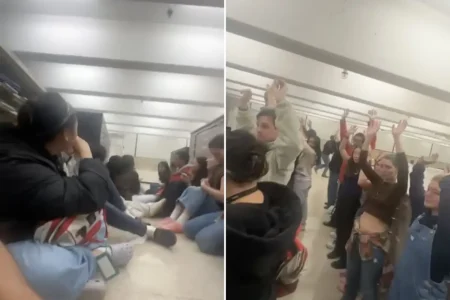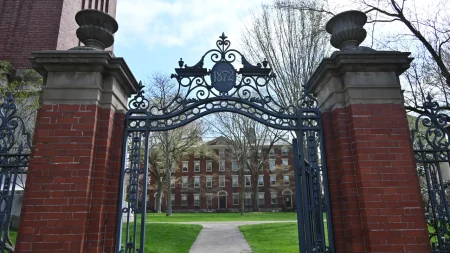Alabama’s Eighth Nitrogen Gas Execution Sparks Continued Controversy
Anthony Boyd became the eighth person executed by Alabama using nitrogen gas since the state adopted this controversial method last year. His execution proceeded despite vocal opposition from three liberal Supreme Court justices who raised significant concerns about the procedure’s constitutionality and humaneness. The use of nitrogen hypoxia as an execution method has generated intense debate among legal scholars, human rights advocates, and medical professionals nationwide.
The Supreme Court’s split decision allowing Boyd’s execution to proceed highlights the deepening ideological divide on capital punishment issues. The three dissenting justices argued that nitrogen gas execution may constitute cruel and unusual punishment, potentially violating Eighth Amendment protections. They pointed to reports from previous executions suggesting inmates might experience prolonged suffering during the process, despite claims that nitrogen hypoxia produces a quick and painless death. This judicial disagreement reflects broader societal tensions surrounding capital punishment in America.
Alabama authorities maintain that nitrogen hypoxia represents a humane alternative to lethal injection, particularly given challenges in obtaining traditional execution drugs. State officials cite the method’s theoretical simplicity – replacing oxygen with nitrogen causes unconsciousness followed by death without the alleged pain associated with chemical executions. However, witness accounts from earlier nitrogen executions have described concerning responses from inmates, including apparent struggles against restraints and prolonged respiratory distress, fueling opponents’ arguments against the method’s continued use.
Boyd’s case has reignited national conversation about capital punishment innovation amid persistent ethical questions. As states experiment with new execution methods, critics question whether these approaches truly address fundamental concerns about capital punishment or merely create new forms of potential suffering. The nitrogen method’s relatively limited medical testing and documentation compared to other execution protocols has become a central point of contention among those challenging its implementation through legal channels.
Human rights organizations have condemned Alabama’s continued use of nitrogen hypoxia, noting that the practice remains largely untested internationally and has been rejected for animal euthanasia in some contexts due to welfare concerns. Medical associations have generally refused to participate in or endorse execution protocol development, leaving significant questions about procedure optimization and pain prevention unaddressed by independent clinical expertise. This tension between state execution interests and medical ethics continues to complicate the implementation and assessment of novel execution methods.
As Boyd becomes the eighth person to die by this method, the debate shows no signs of resolution. States facing execution drug shortages continue exploring alternative methods while death penalty opponents argue that these experimental approaches only underscore the inherent problems with capital punishment itself. The stark division on the Supreme Court mirrors American society’s ongoing struggle with questions of justice, punishment, and human dignity in its criminal justice system – a conversation likely to continue as more states consider adopting nitrogen hypoxia or other novel execution methods in the coming years.









